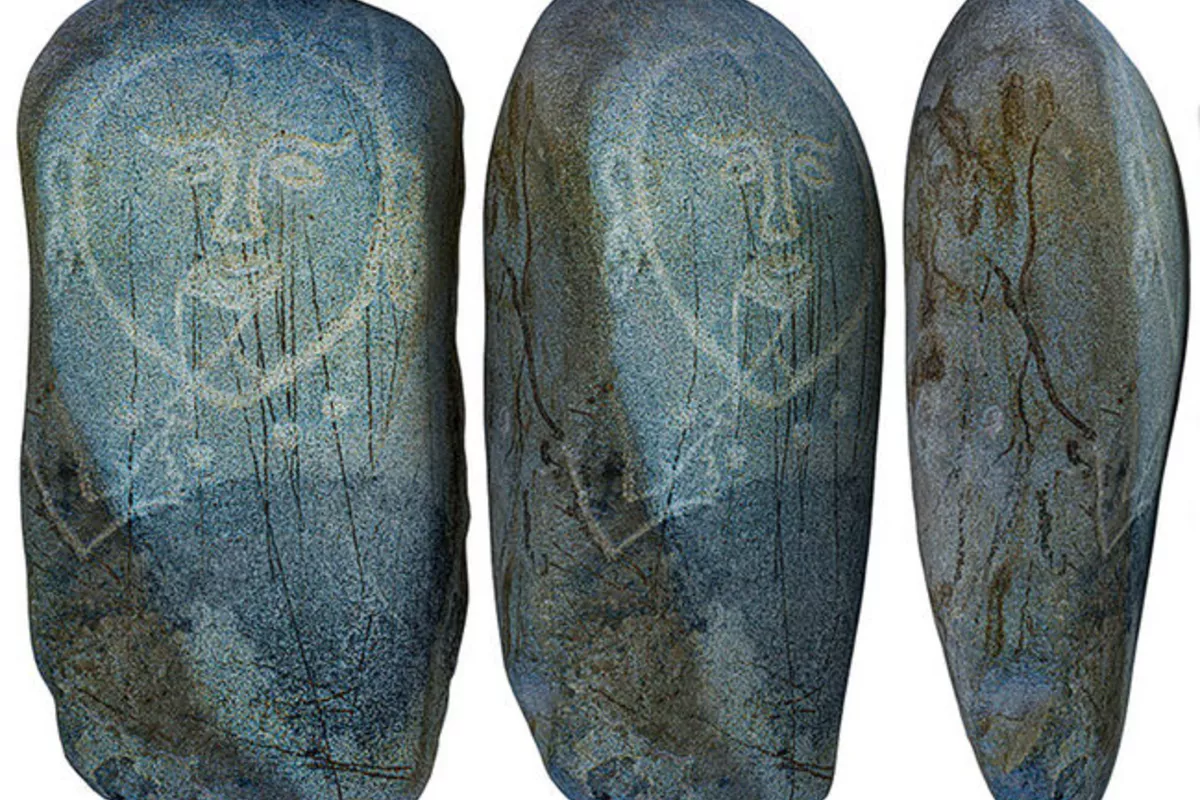
photo: 24kg
A joint Kyrgyz-Russian archaeological expedition has revealed a unique stone carving of a woman dating back to the early Turkic period, according to researchers from Altai State University and Jusup Balasagyn Kyrgyz National University.
The sculpture, found in Borombay tract near Kyzyl-Oktyabr village, shows a woman wearing a distinctive three-horned headdress and holding a cup-an element typical of ancient religious art, The Caspian Post reports via Kyrgyz media.
The boulder used for the carving differs from local rocks, suggesting it was transported specifically for this purpose, expedition leader Professor Alexey Tishkin said.
Digital preservation and ongoing research
The team conducted photogrammetry to create a digital copy of the sculpture, which will be made publicly available later. The excavation took place at Borombay I and II complexes, where ancient burial mounds have been studied for years.
During excavations of mound No. 39, a partially looted catacomb burial revealed bone fragments and ceramics, possibly dating back to the pre-Turkic Kenkol culture. In mound No. 8, fragments of ceramics and a stone pestle hint at a cenotaph, a symbolic grave without remains.
Preserving Central Asia’s nomadic heritage
Professor Tishkin emphasized the significance of the find: “The female figure with a three-horned headdress is rare evidence of the symbolism and rituals of the early Turkic era. It sheds light on the culture of nomadic peoples in Central Asia.”
The team recorded 41 archaeological sites at Borombay I, although some were destroyed due to highway construction and land plowing. Excavations were reclaimed to preserve the natural landscape, and researchers plan to continue studies in Kyrgyzstan with extended expeditions and advanced digital methods.
Share on social media